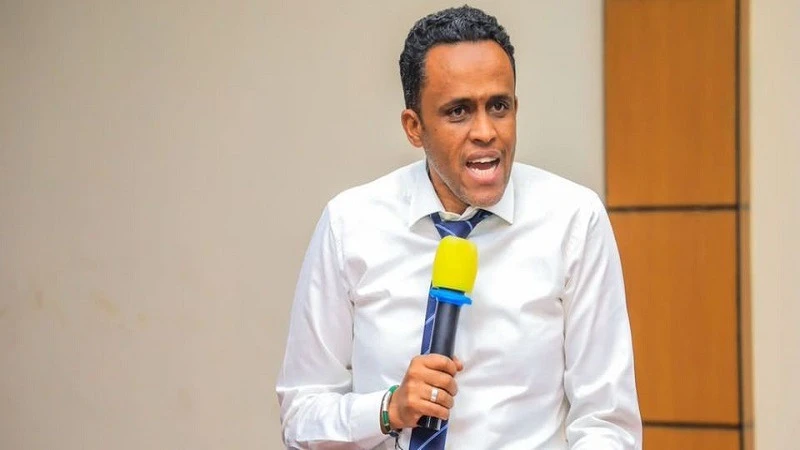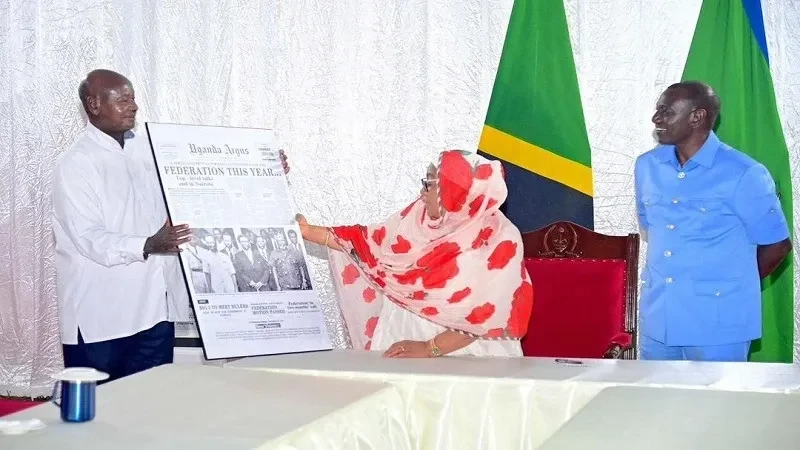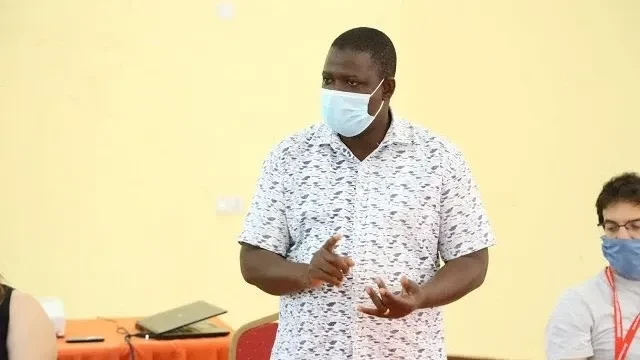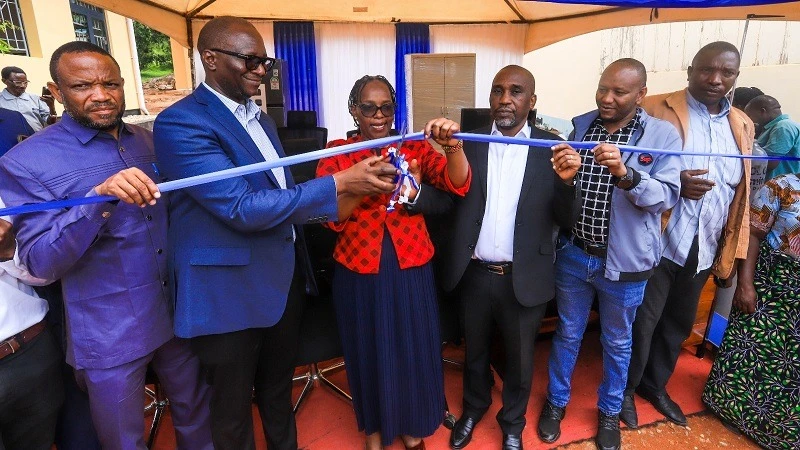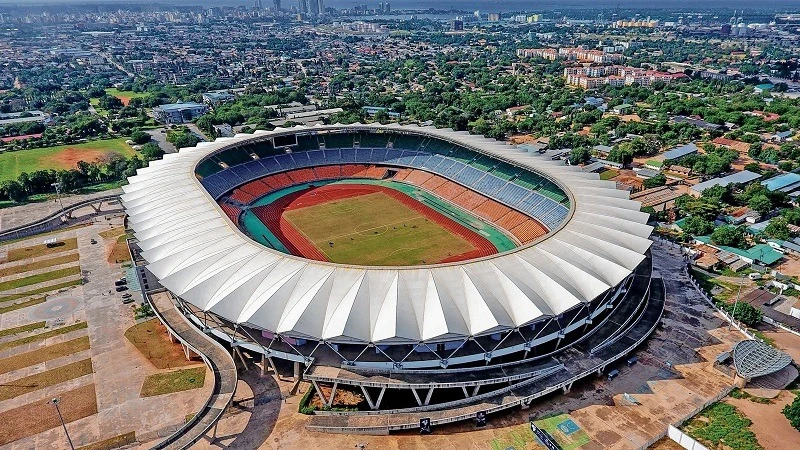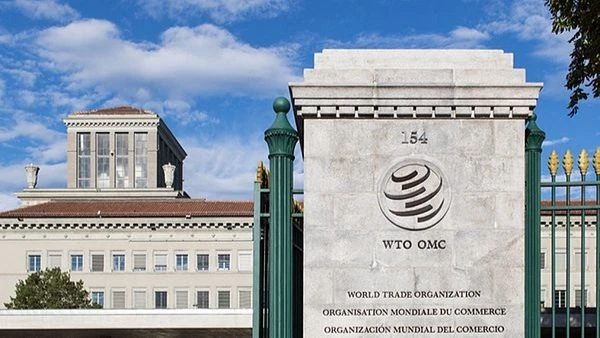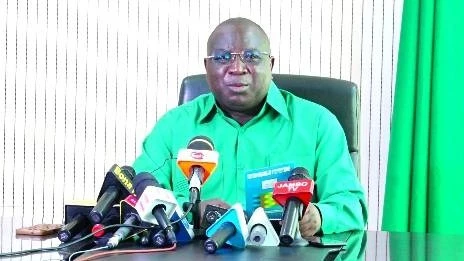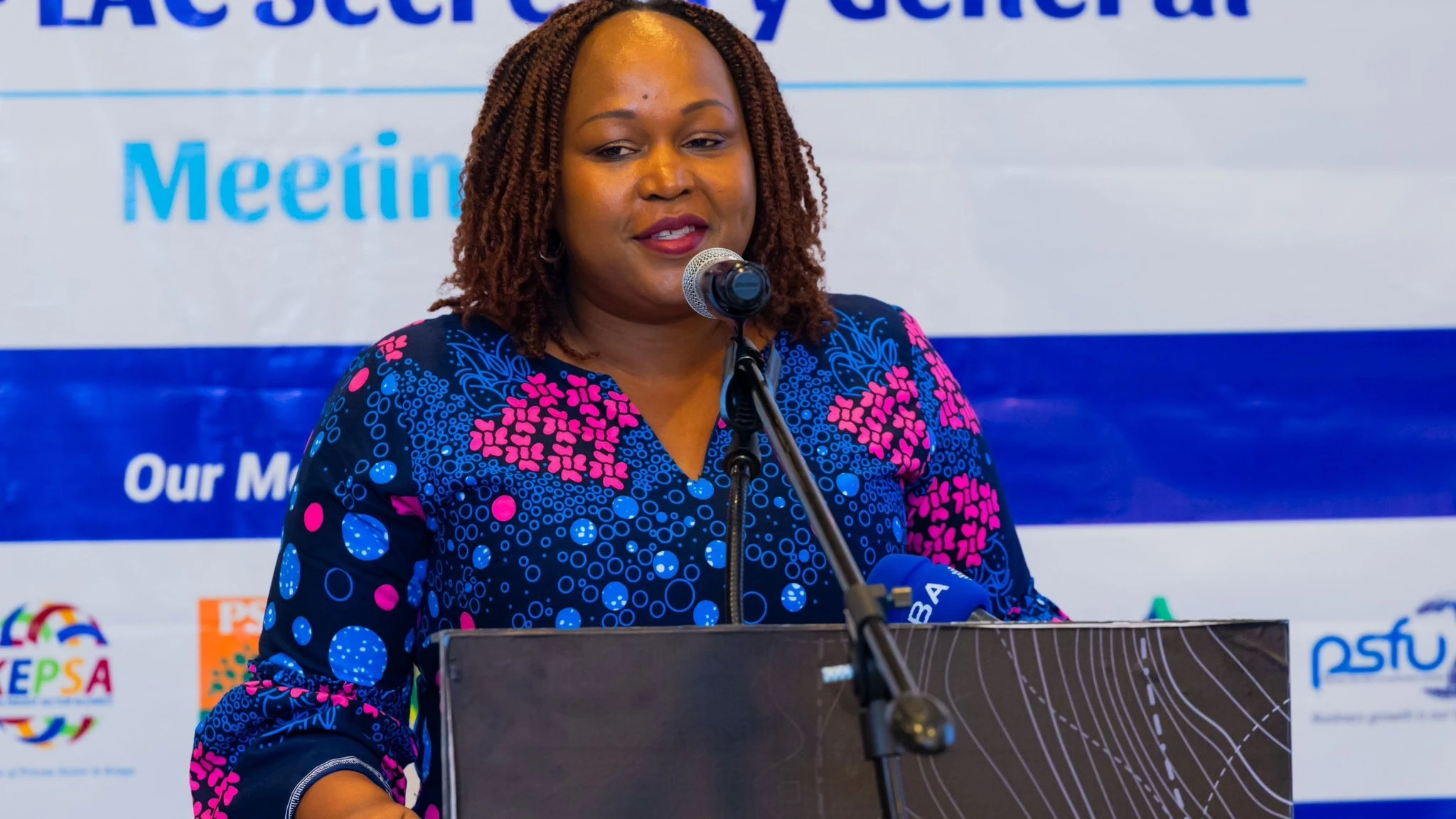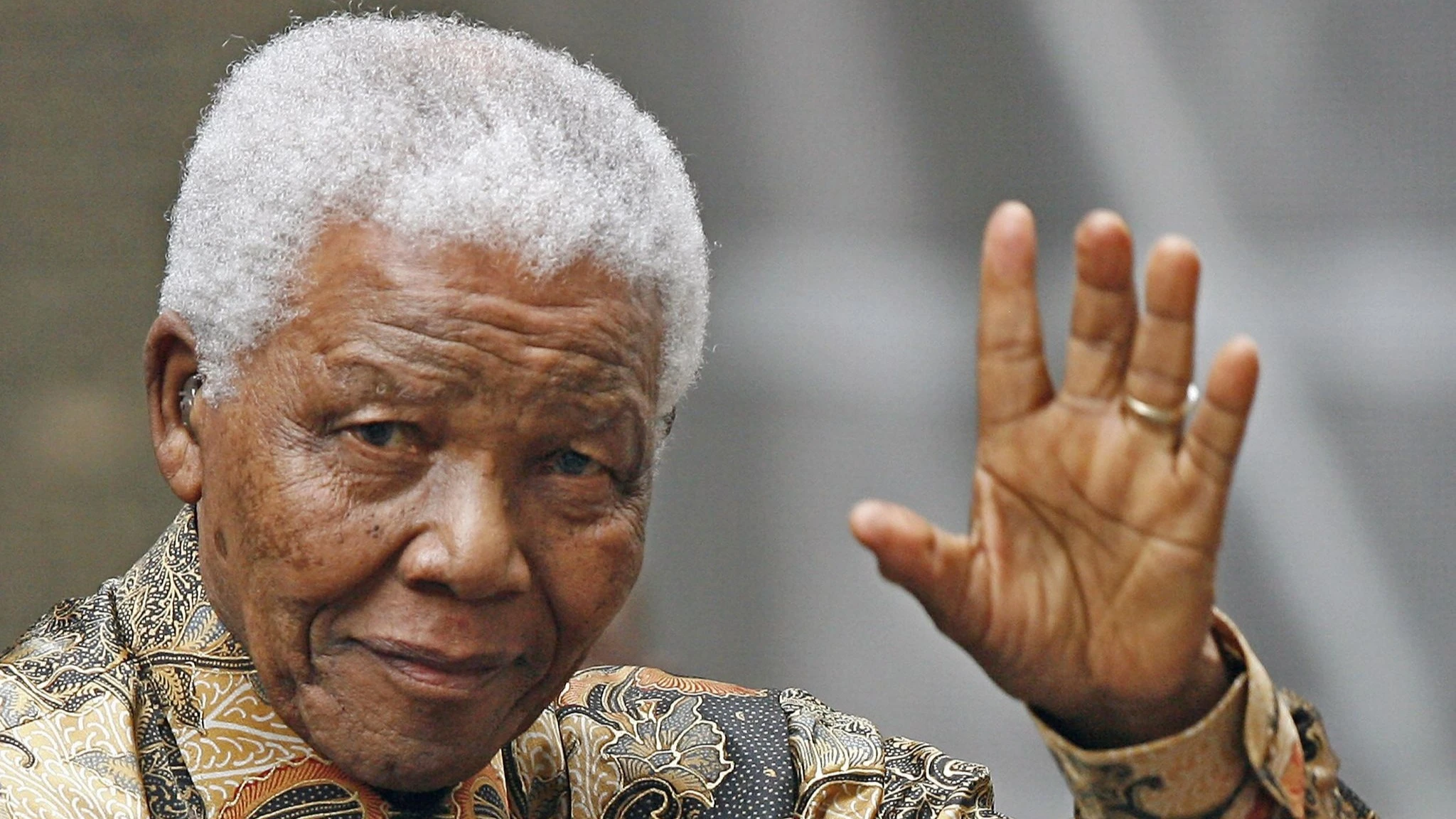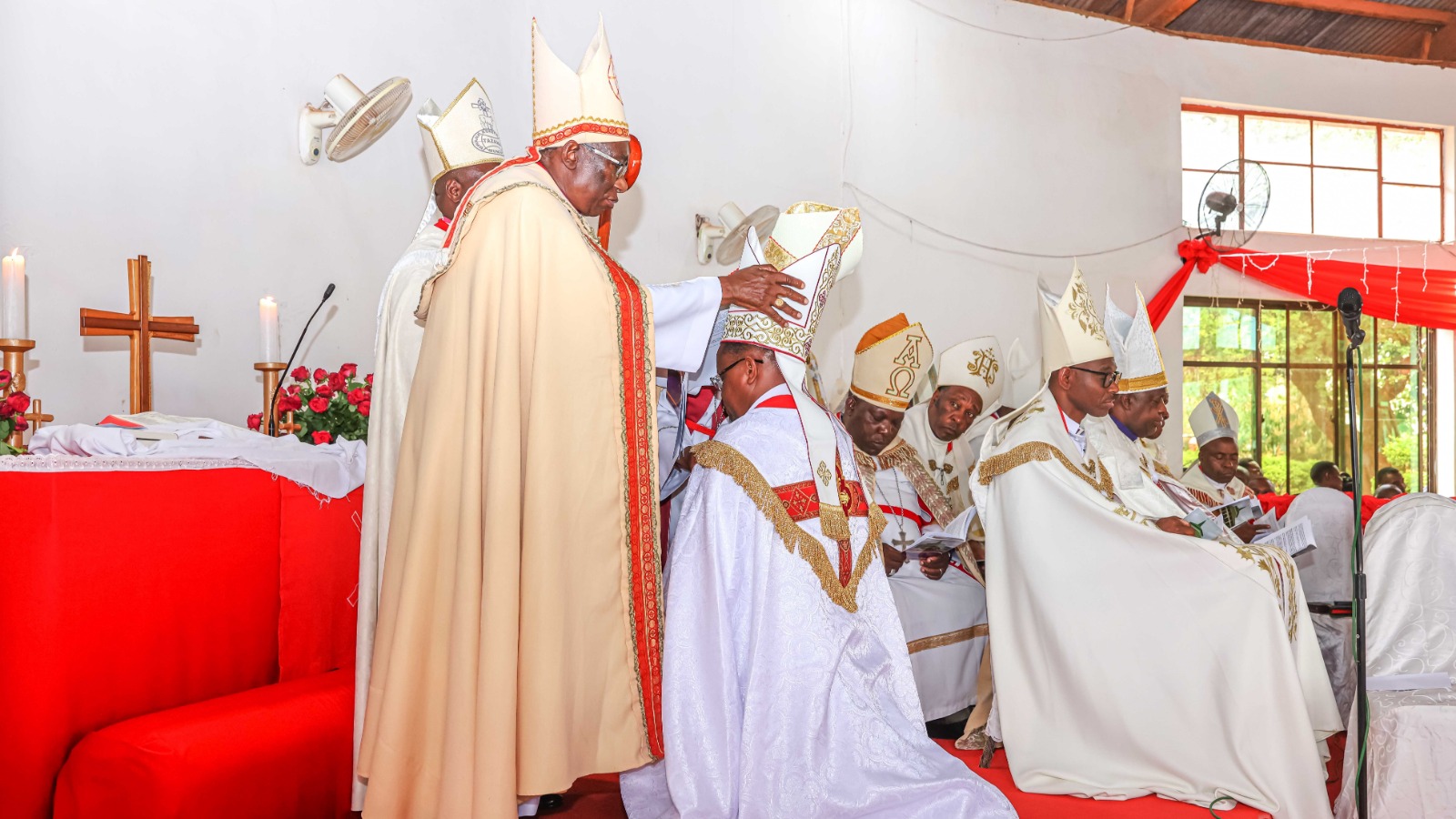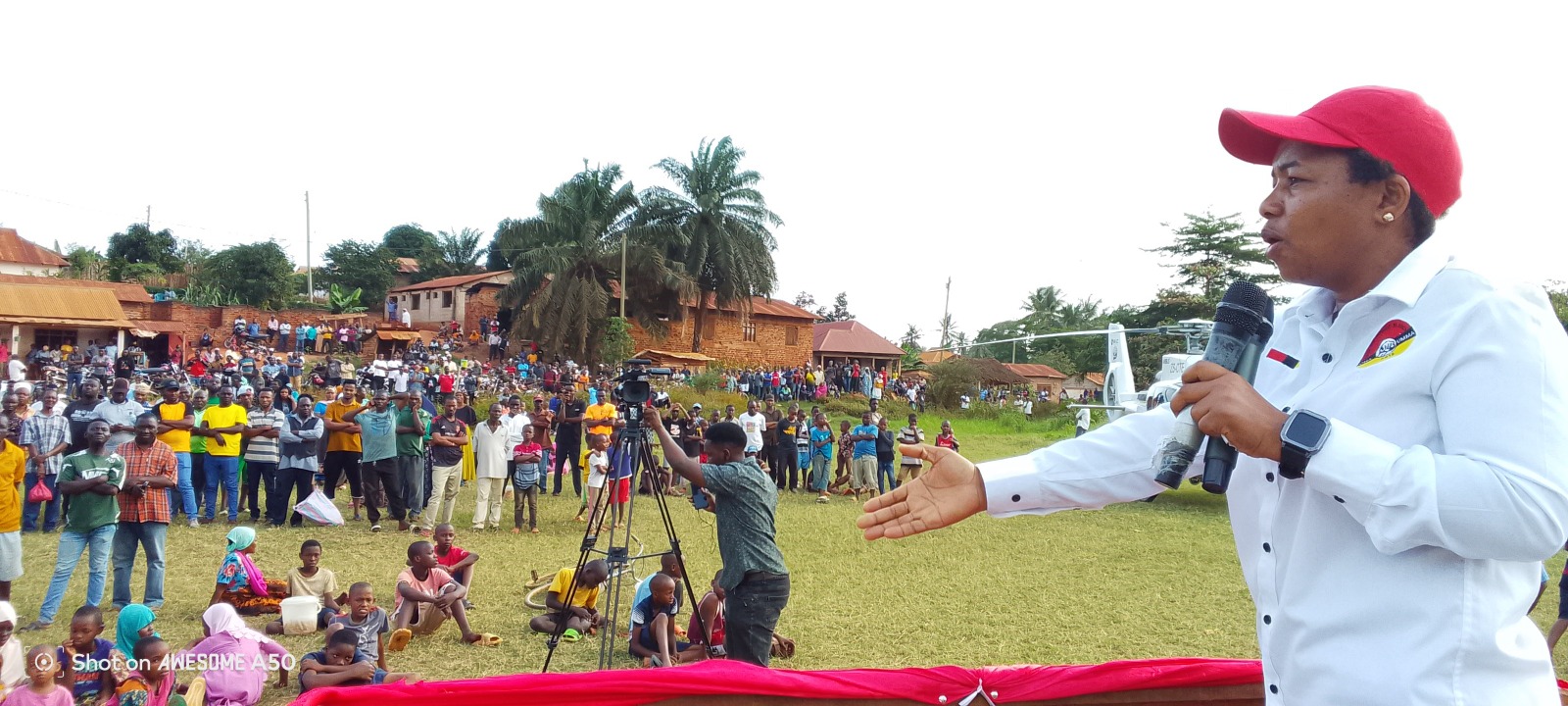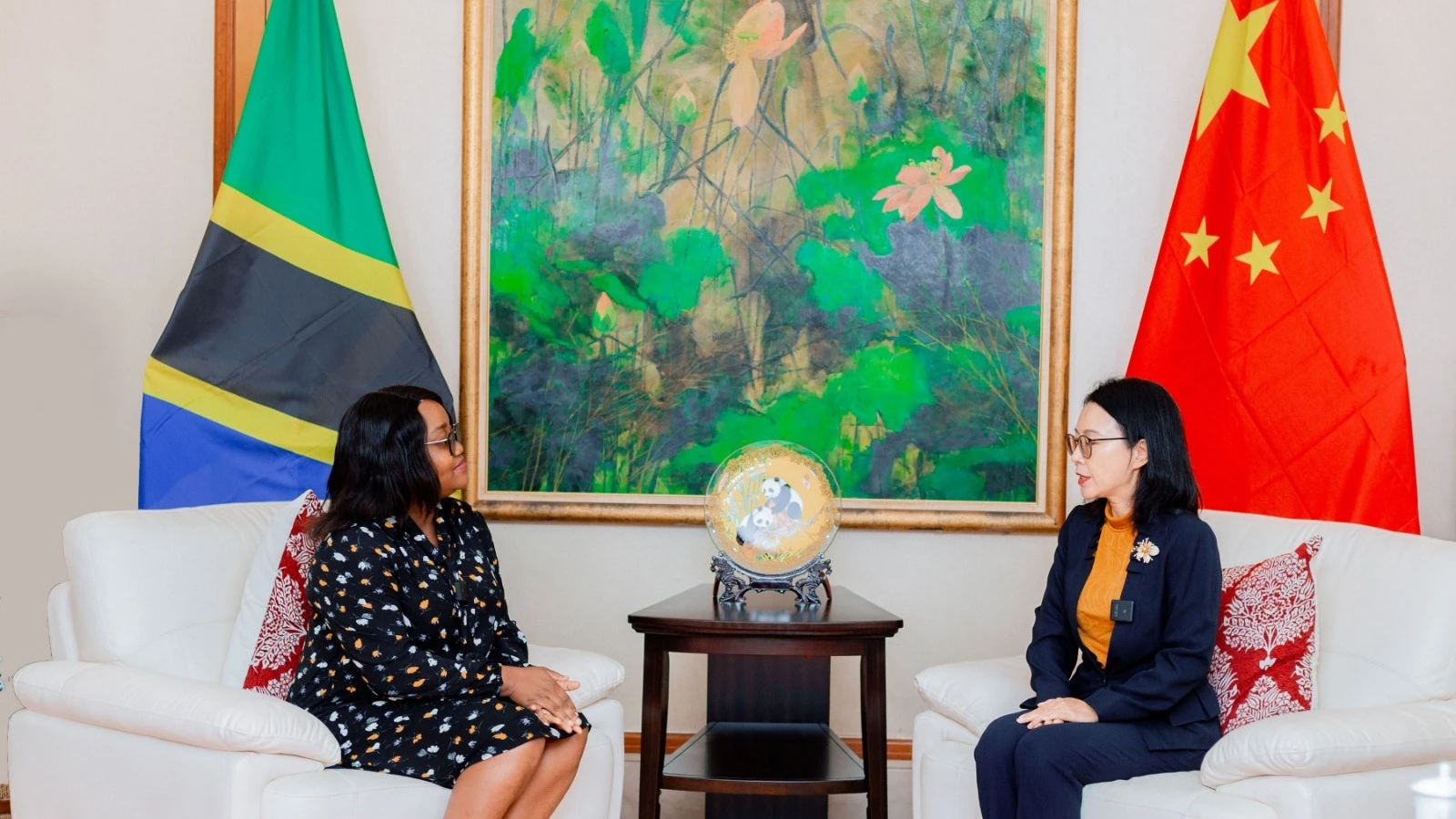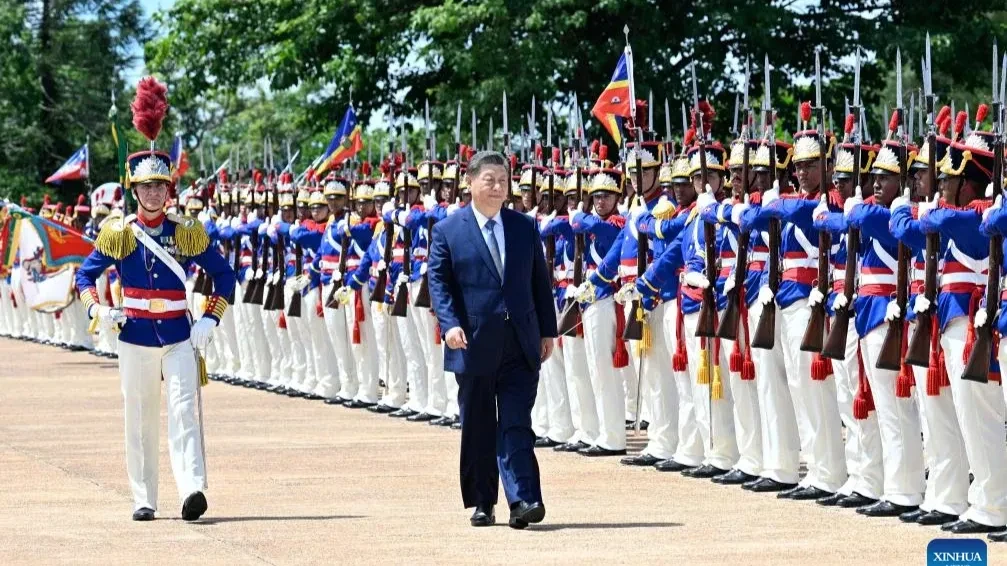Inclusive economy inspiring stakeholders on Vision 2050
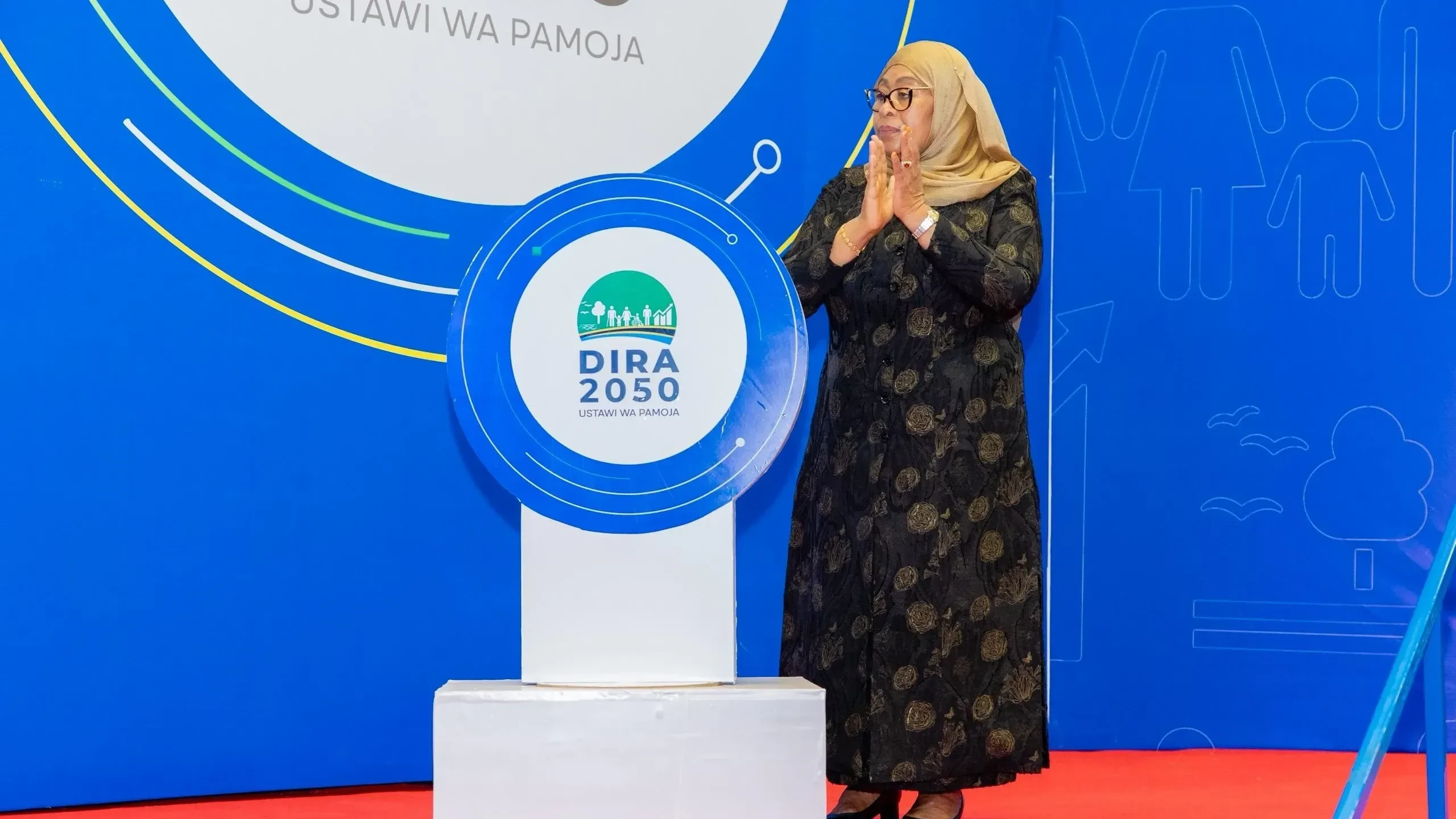
THE launch of the National Development Vision 2050 is a strategic milestone, reflecting shared national commitment to achieving an inclusive economy and improved well-being for all Tanzanians, a top official has declared.
Shadrack Mziray, executive director for the Tanzania Social Action Fund (TASAF), said in an interview shortly after the document was launched in Dodoma on Thursday that the long-term strategy comes at a crucial moment.
It is in tandem with Tanzania attaining lower-middle income status and is now striving to reach upper-middle income status by 2050 while ensuring that no citizen is left behind, he said.
“The economy we are building is an inclusive one—an economy in which every citizen benefits. Economic growth holds little meaning without social development. This is why we have initiatives like TASAF that are fully aligned with the objectives of the new vision,” he stated.
The document underscores the need to connect low-income populations with formal development opportunities and to ensure social protection interventions effectively reach their intended recipients, he said.
“For instance, through the universal health insurance initiative, the government is enabling citizens to access quality healthcare without the burden of cost,” he said in illustration.
A cross-section of public officials and social stakeholders voiced their commitment to aligning their operations and long-term strategies with the 2050 vision.
Nehemiah Mchechu, the Treasury Registrar, pointed out in another interview that a major aspect of the development vision is transforming state-owned enterprises (SOEs) into commercially viable and globally competitive entities.
He said that the vision is aimed at ensuring that by 2050, SOEs will be transparent, profitable, self-reliant and capable of attracting domestic and foreign investments.
Pointing at the responsibility of the Treasury Registrar in ensuring the Vision become reality by close oversight of public investments, he said his office supervises 252 public entities of which 217 are service-oriented and 35 operate commercially.
The Vision document affirms that government subsidies for many SOEs hinder competitiveness, create an uneven playing field with private companies, underlining the view that this situation has weakened the private sector’s ability to effectively drive national development.
The Development Vision 2050 emphasizes the need for a clearly defined investment framework that outlines the roles and focus areas of public commercial enterprises and the private sector, he stated.
“Achieving this goal will require comprehensive policy, governance and operational reforms to clearly define strategic sectors for public investment and open up wider opportunities for private sector participation,” he explained.
“However, the Vision highlights the need for a public service that values and supports private sector growth, through the creation of an investment and business friendly environment,” he stressed, noting that the country seeks to become one among top investment destinations in Africa, also among the most business-friendly countries on the continent.
“A vibrant commercial sector is essential for building a strong, inclusive and competitive economy,” he said in line with the document.
The presence of small, medium, and large enterprises — both local and foreign-owned — alongside competitive public commercial entities, is expected to enhance Tanzania’s participation in global markets, he specified.
Bishop Dr Alex Malasusa, head of the Evangelical Lutheran Church in Tanzania (ELCT), lauded the Vision as a historic step for the nation.
He expressed deep satisfaction with the participatory approach taken in its formulation, underlining that the various groups, including religious leaders, were consulted.
“This inclusive process means that we all have a sense of ownership and shared responsibility to implement what has been outlined,” he declared.
He affirmed with appreciation that the Vision captured the voices of young people, the middle-aged and elders alike, “creating a unified national development roadmap that every Tanzanian can rally behind.”
Dr. George Kahangwa, senior lecturer at the University of Dar es Salaam (UDSM), acknowledged the Vision’s strength in addressing multiple development areas and involving a broad base of stakeholders.
He raised critical concerns about practical communication and execution of the document, noting while the Vision is ambitious, its messaging lacks a unifying, easily recognizable formulation that resonates with the average Tanzanian and frontline implementers.
“The central terms of Vision 2050 largely reference time. Yet phrases like shared prosperity—which hint at inclusivity—have not been sufficiently amplified or clearly defined in terms of measurable goals,” he asserted.
Dr. Kahangwa suggested that the Vision would benefit from a stronger formulation that paints a vivid picture of Tanzania in 2050, both in terms of national character and the profile of its citizens.
He also urged national planners to ensure that current development policies and five-year strategies are reviewed and harmonised with the new Vision.
“This is not just about having beautifully written documents. We must prepare ourselves institutionally and mentally to move from policy on paper to visible, day-to-day execution,” he explained.
The various speakers underscored the importance of making the Vision accessible across generations, even for some implementers still young now or coming in the future.
“The Vision must be available everywhere, in print, online and on social media—so that every Tanzanian, regardless of age or background understands their role,” he emphasized.
Adopted at the turn of the millennium under the leadership of President Benjamin Mkapa, Vision 2025 laid out a bold development agenda anchored in high quality livelihoods; peace, unity and stability, good governance, a well-educated and learning society as well as a competitive economy geared for sustainable growth, he added.
Top Headlines
© 2025 IPPMEDIA.COM. ALL RIGHTS RESERVED


